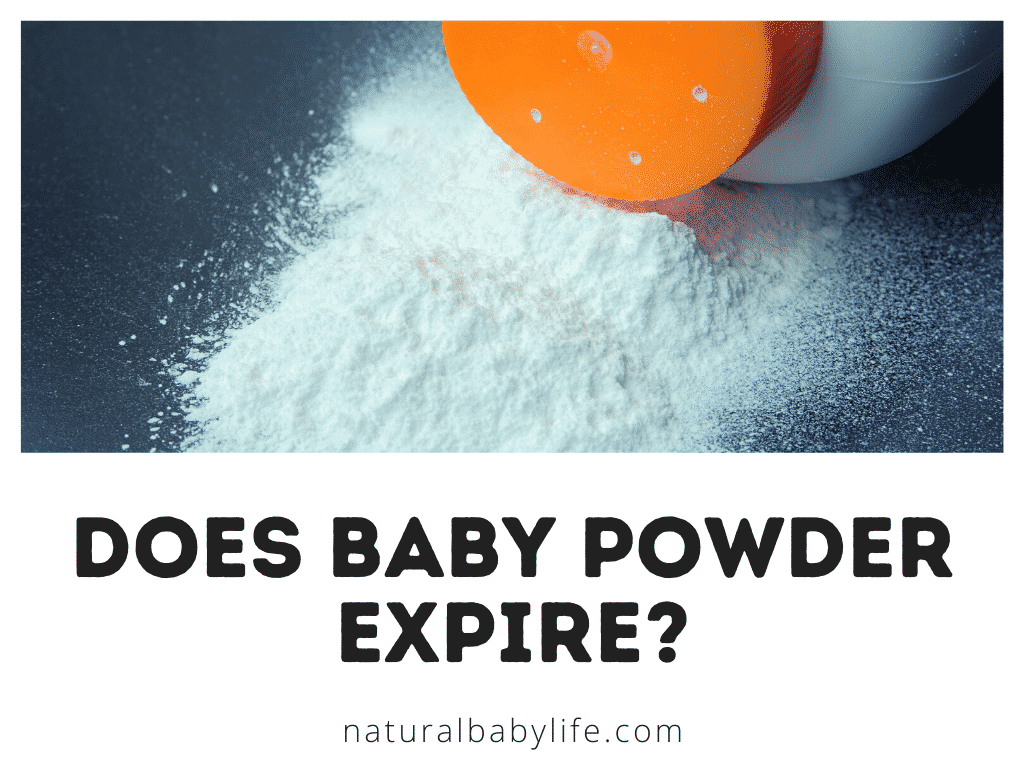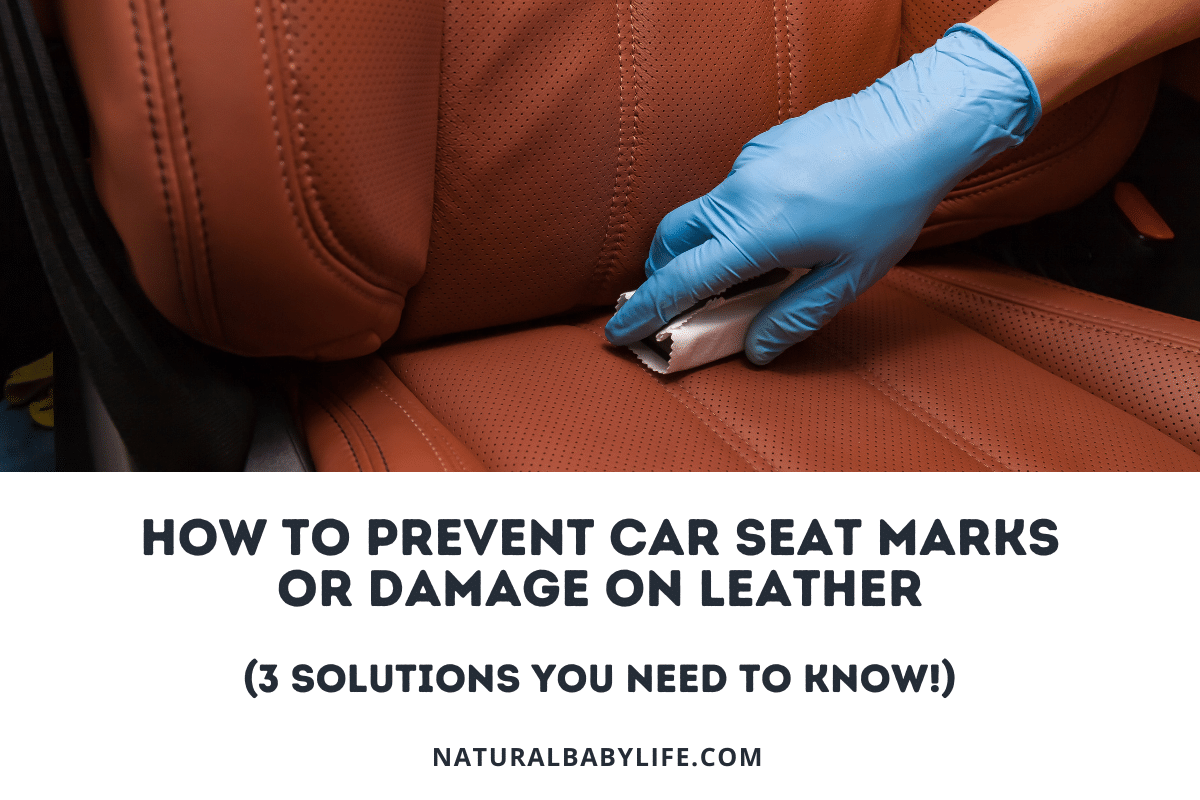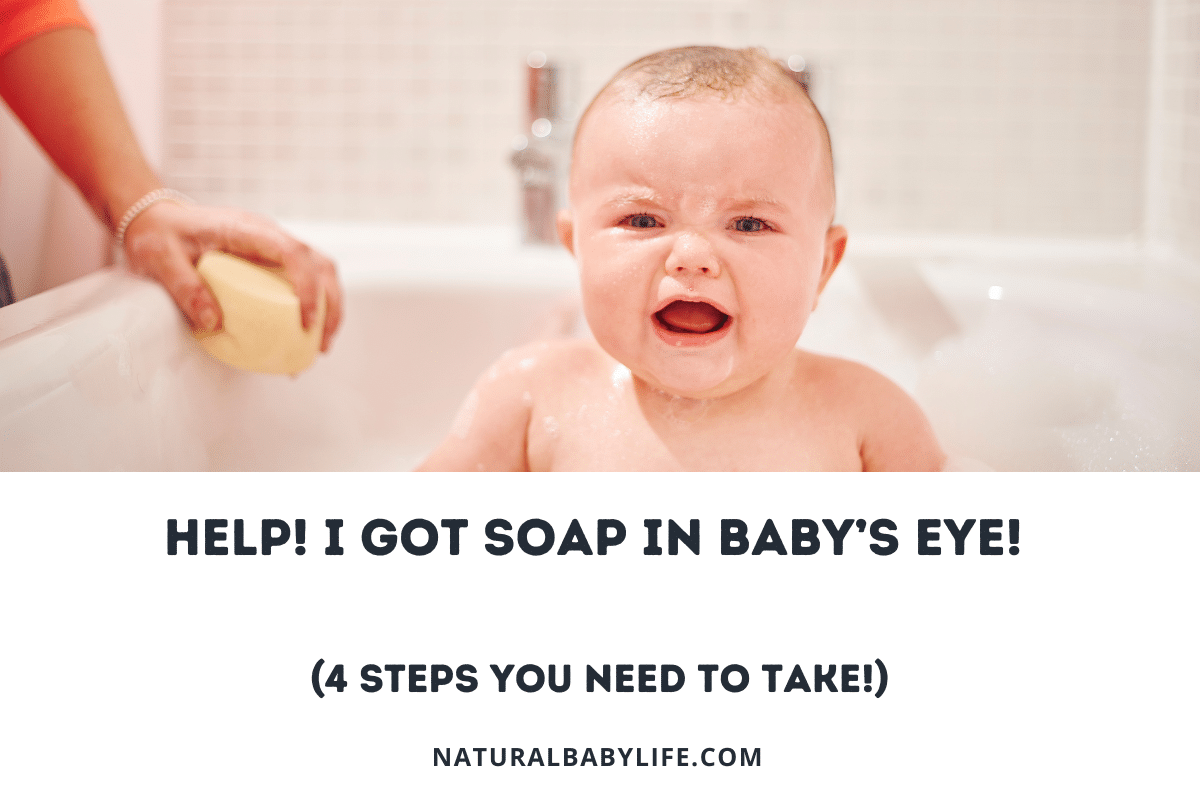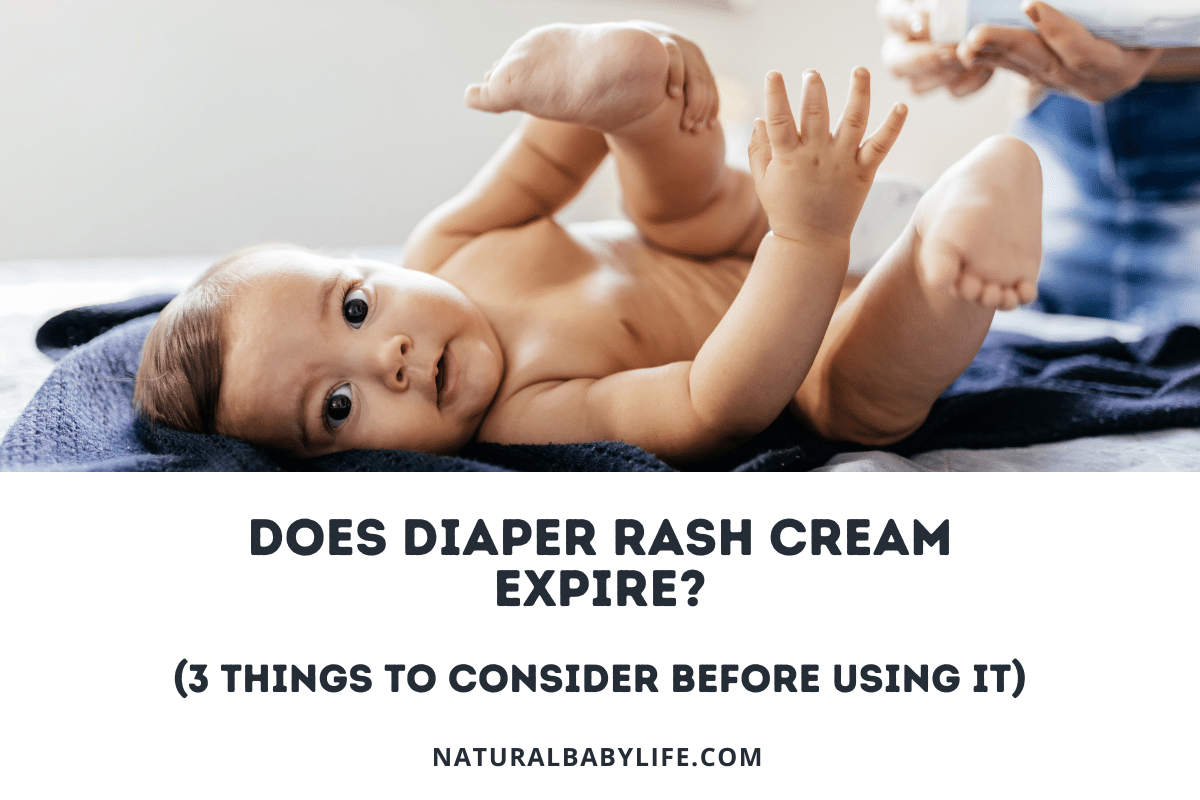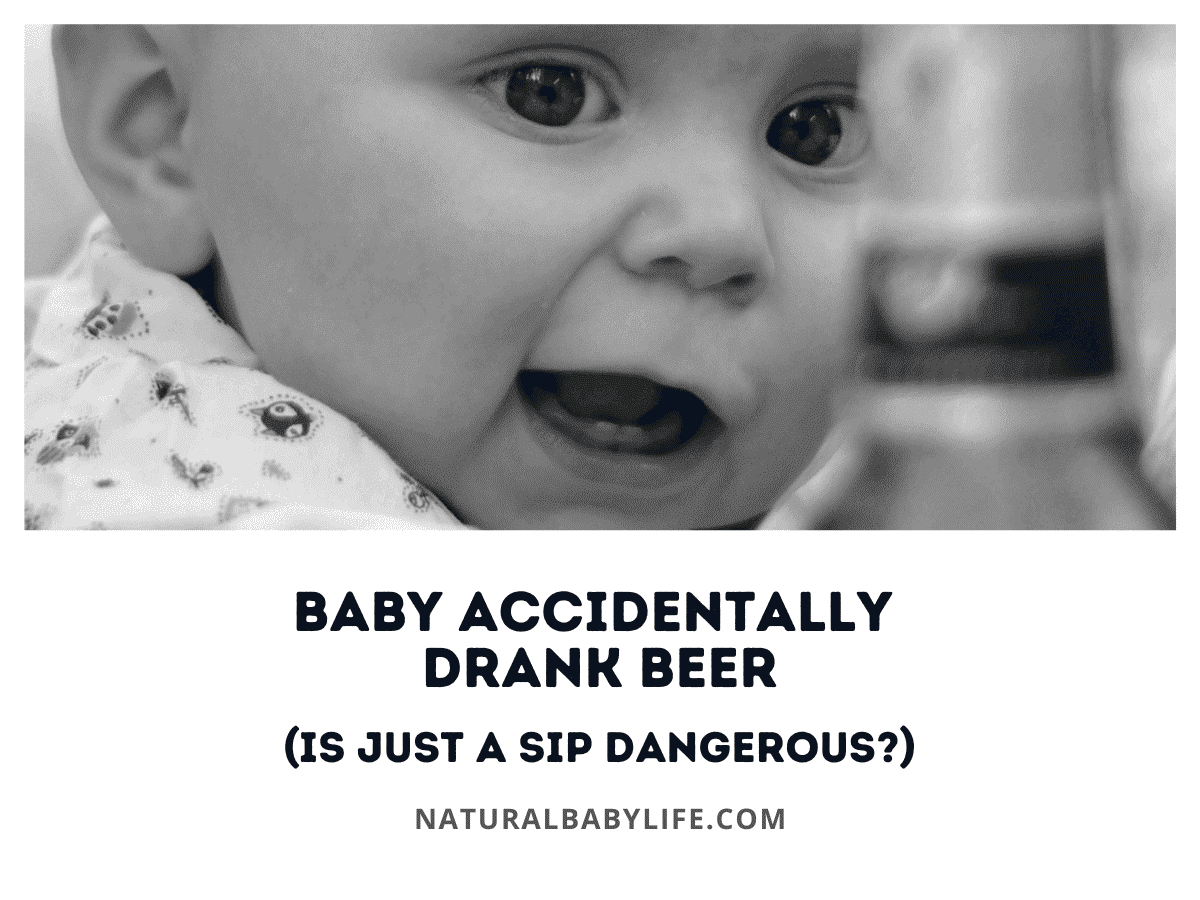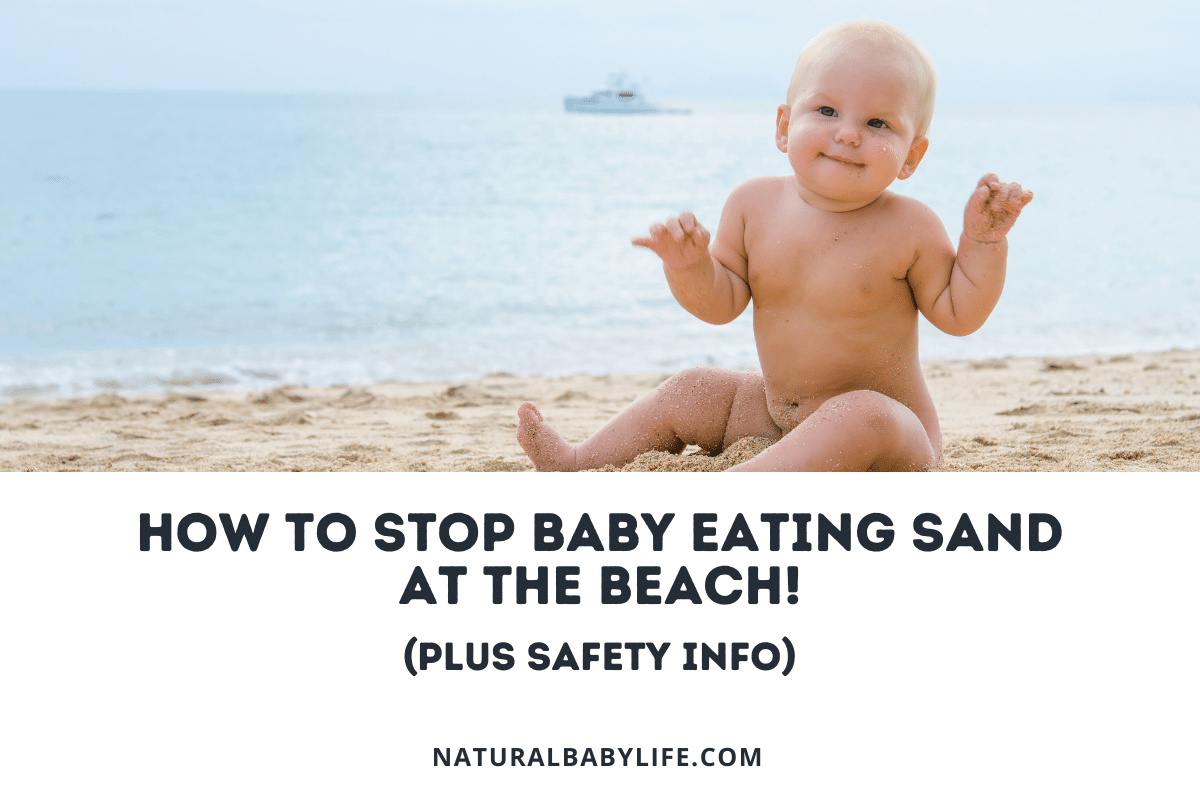Taking your baby into the pool provides a much-needed outlet to get out of the house. It also introduces your baby to a new sensory experience, not to mention it’s just plain fun. The day can turn sour for worried parents if their baby swallows a little pool water.
While swallowing a little pool water shouldn’t cause harm, more substantial amounts can cause water intoxication, recreational water illnesses, or chlorine poisoning. Secondary drowning isn’t typically a concern because that happens when a baby inhales water instead of simply swallowing it.
Read on for more information about the possible outcomes of ingesting pool water, what to watch for, and what steps to take if you see symptoms.
Table of Contents
What can happen if your baby swallows pool water?
While small amounts of pool water won’t harm your baby, swallowing too much can lead to a variety of health concerns.
Water intoxication
Our bodies strike a delicate balance between staying hydrated and being over-hydrated. Drinking too much water too fast leads to hyponatremia–colloquially called water intoxication.
Water intoxication happens when an excess of water dilutes the sodium levels in our bodies. Losing sodium impacts brain activity, causing drowsiness, mood changes, seizures, and swelling in the face.
While water intoxication can happen at any age, babies are most susceptible due to their small body size and still-developing kidneys. That’s why doctors strongly caution parents not to dilute a baby’s formula or to give babies under six months supplemental water.
Some doctors even discourage parents from enrolling babies in infant swim lessons because babies can gulp down too much water if they are repeatedly dunked under the water.
Recreational water illnesses
Babies are still developing mature organ function and have untested immune systems, making them especially vulnerable to recreational water illnesses (“RWIs”).
RWIs encompass all the ill effects that humans can experience from the germs, bacteria, and chemicals in the water that we swim and play in. Chlorinated pools are typically less likely to have dangerous microorganisms because chlorine kills bacteria. However, bacteria that make us sick can still thrive if the pool’s chlorine isn’t maintained at proper levels.
RWIs most commonly cause gastrointestinal symptoms like diarrhea, vomiting, stomach cramps, and fever. However, others can cause rashes, eye irritation, and other contact-based reactions.
Chlorine poisoning
Finally, although rare, chlorine poisoning can happen. Chlorine kills bacteria, but too much chlorine exposure in humans leads to chlorine poisoning. Chlorine poisoning can happen after exposure to chlorine gas through inhalation or ingestion.
Symptoms vary depending on the type of chlorine exposure. It can cause skin burns, vision loss, vomiting, and swelling of the throat, among many other symptoms.
Swallowing a little pool water shouldn’t cause chlorine poisoning. The CDC provides safety guidelines for the optimal safe amount of chlorine to add to pools while still killing microorganisms.
However, improperly applied chlorine or failures in the pool’s pumping system can lead to a dangerous chlorine ratio that can make the most vulnerable sick, as happened to a child in Texas.
What to look for after they’ve swallowed pool water (signs of sickness)
Knowing that your little one swallowed pool water can trigger all the anxious parts of your mind. Fortunately, all of the potentially serious outcomes come with distinct, noticeable symptoms.
Many of the illnesses and conditions share symptoms. Water intoxication and chlorine poisoning can both lead to mood changes, drowsiness, irritability, and other cognitive changes.
Chlorine poisoning, water intoxication, and RWIs can all manifest as vomiting. Diarrhea most commonly indicates some type of RWI.
You’re not responsible for diagnosing your child with a specific illness. Instead, when you notice a cause for alarm, you can alert a medical professional to the symptoms you’ve noticed and let them know that your child was swimming. By letting the doctor know that your child was swimming and you have concerns about them swallowing water, it can help them narrow down a cause.
What to do if you think your baby is sick from swallowing pool water
If your child starts experiencing the symptoms above, seek medical attention. As mentioned above, the doctors can diagnose the specific issue, but it’s helpful for you to let them know that there may be an issue with your child swallowing pool water.
Call 911 if your child is having trouble breathing or is unconscious.
If chlorine poisoning is a concern, the CDC does not recommend inducing vomiting or drinking fluids.
How to prevent a baby from swallowing pool water
Preventing your child from swallowing pool water centers on water safety in general. While a feisty toddler might drink pool water just for fun, a baby can’t gulp pool water unless their mouth touches the water.
First, keep your child away from pools if you’re not able to supervise them. When not in use, pools should have a barrier to prevent children from accessing them or falling in accidentally. All pools should have a fence at least four feet high surrounding them on all sides.
Don’t leave a baby near water where they could accidentally roll, crawl, or walk in. Babies should always have adult supervision in and near water, and that supervision should be provided by a sober, undistracted adult.
The American Academy of Pediatrics recommends that children start swimming lessons no earlier than 1 to develop water safety skills. While it allows that a parent-child water class can be fun, it states that there’s no evidence to indicate that babies younger than 1 can develop swimming or water safety skills.
Finally, flotation devices can make it easier for a parent to keep a baby’s mouth up and out of the water, but it’s not a substitute for adult supervision. Most of the cute, widely available infant flotation seats are not approved by the American Academy of Pediatrics or the U.S. Coast Guard as flotation devices.
U.S. Coast Guard-approved life jackets are available for babies as small as 8 pounds.
What is secondary drowning and how to address it
Concern about secondary drowning can haunt parents because it’s true that children can become ill or even die hours after being submerged in water. However, secondary drowning isn’t as mysterious as it sounds.
Secondary drowning happens when a child gets water in their lungs, which occurs when a child inhales–not swallows–water. Secondary drowning is simply the complications that result from having a foreign substance in the lungs. If fluid accumulates in the lungs, they lose their ability to work correctly.
Someone suffering from secondary drowning might be coughing, breathing quickly, laboring to breathe, or experiencing an altered mental state like irritability or lethargy. If untreated, these symptoms–collectively known as pulmonary edema–can be fatal.
Symptoms of secondary drowning typically manifest within 4 hours, but they can show up as late as two days later. Treatment includes supplemental oxygen and sometimes a respirator, so take your child to the emergency room if you see symptoms.
The lungs can typically resolve small amounts of inhaled water, but if in doubt, you should seek medical help. Drowning is the leading cause of death of children younger than five, and secondary drowning makes up 10 to 15 percent of drowning deaths.



